Stories of Our Lives - A Wondrous Kenyan Surprise
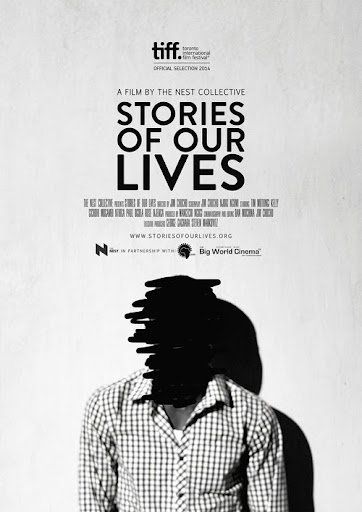
If you had told me that the best, most artful film to come out of East Africa so far was an anthology of shorts about the difficulties of being gay and lesbian in Kenya shot in black and white, I would have been incredulous. In fact, I’m still a bit incredulous.
Stories of Our Lives was produced by The NEST, a Nairobi multi-disciplinary art space and collective made up of ten artists. Among these is Jim Chuchu, the director of Stories and a bona-fide homegrown genius. The artistry and assurance of Stories is breathtaking. The stories themselves are common fare, which makes their resonance even greater. A gay tea picker, in love with his straight best friend, ultimately leaves the farm where they are both working to escape the pain of seeing him flirt with women. Half of a lesbian couple pretending to live as sisters, explores her nighttime fears of community violence and fantasizes about turning into a man to ward off attacks from the neighbors. A young man is beaten up by his violently homophobic friend who sees him leaving a gay club.
The stories filmed are only five out of the over 200 that were collected by the NEST and will come out in a book of the same name as the movie. What is remarkable is that Jim Chuchu doesn’t appear to be gay nor is the NEST collective an LGBT organization. On its website, the NEST proclaims, “We … find ourselves exploring, dissecting and subverting the layers of how Africans are Seen and Unseen, what Africans Can and Cannot Do, where Africans Can and Cannot Go, and What Africans Can and Cannot Say.”
One of the things that Africans cannot say is “I’m gay” or “I’m lesbian.” (Bisexuality and transgendered identities are still off in the future.) In general, modern African culture is hostile to Western conceptions of homosexuality that have nurtured the difficult identities of those who find themselves attracted to members of the same sex. Kenya is no different in that regard, though not quite as murderous towards gays as its neighbor, Uganda. But, in spite of its artistry and the acclaim the film is garnering in the West, Stories was rejected for distribution and screening by the Kenya Film Classification Board, on the grounds that the film "promotes homosexuality, which is contrary to national norms and values" of Kenya. Executive producer George Gachara was subsequently arrested for filming without a license.
Nonetheless, the film is out there, and it is a thing of wonder. Shot in black and white on a single DSLR camera with amateur actors on a budget of $15,000, its artistry should put to shame all of the Martin-Scorsese/Quentin-Tarantino wannabees coming out of film school with their highly burnished technical education and wealth of resources. This is the power of art, birthed by social engagement and made beautiful through an unerring aesthetic. Though not gay and lesbian themselves, the NEST has created the most piercing and eloquent piece of gay and lesbian advocacy to come out of Africa.
As of this writing, Stories premiered at the Toronto International Film Festival and has screened at a handful of others, including San Francisco’s Frameline, where I caught the first of its two screenings there. In my own casually Western arrogant way, I went in expecting something that was well-intentioned but hobbled by lack of funds and technical experience. Boy, was I humbled!
Recent Posts
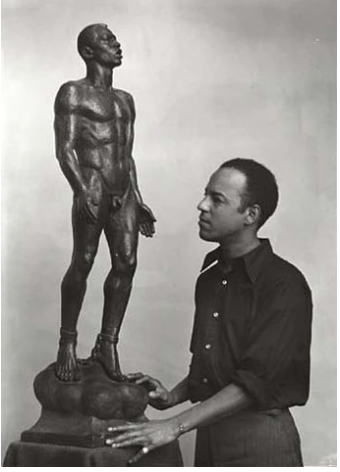
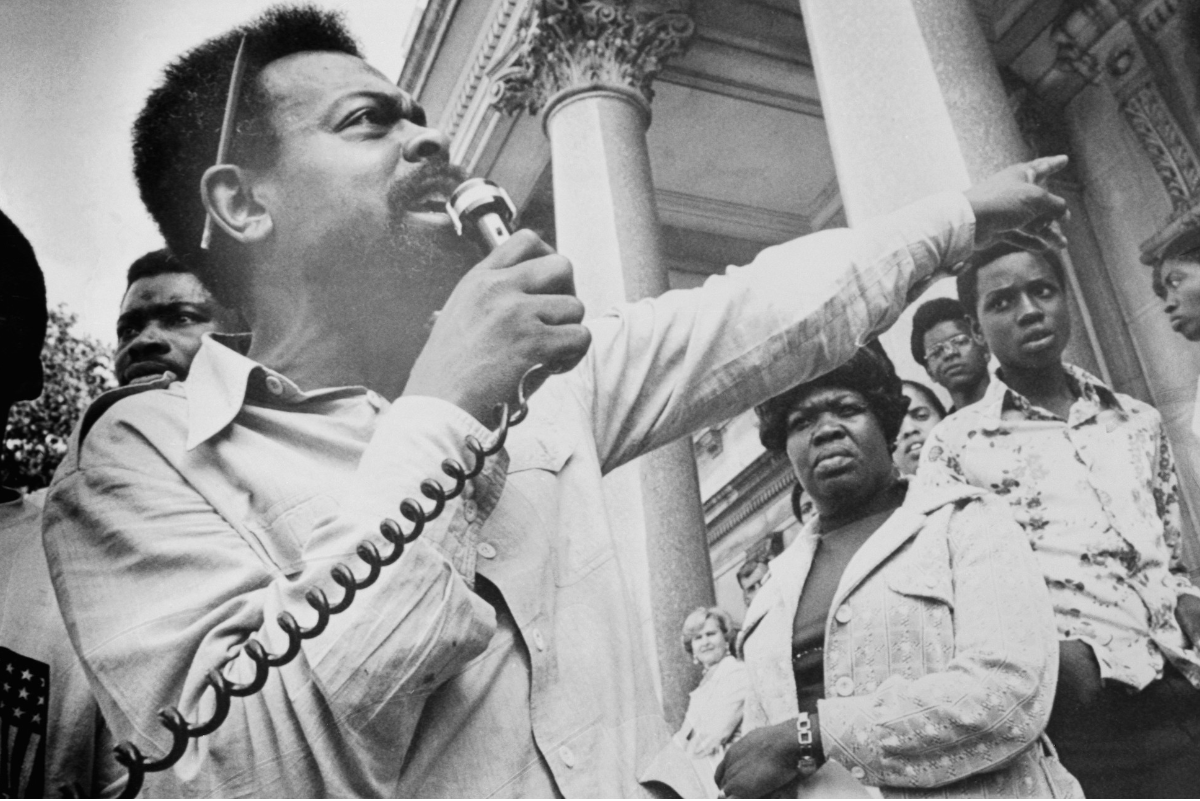
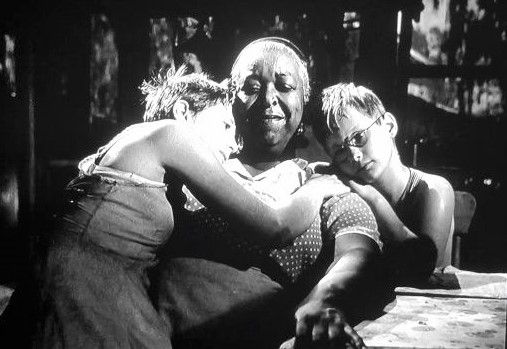
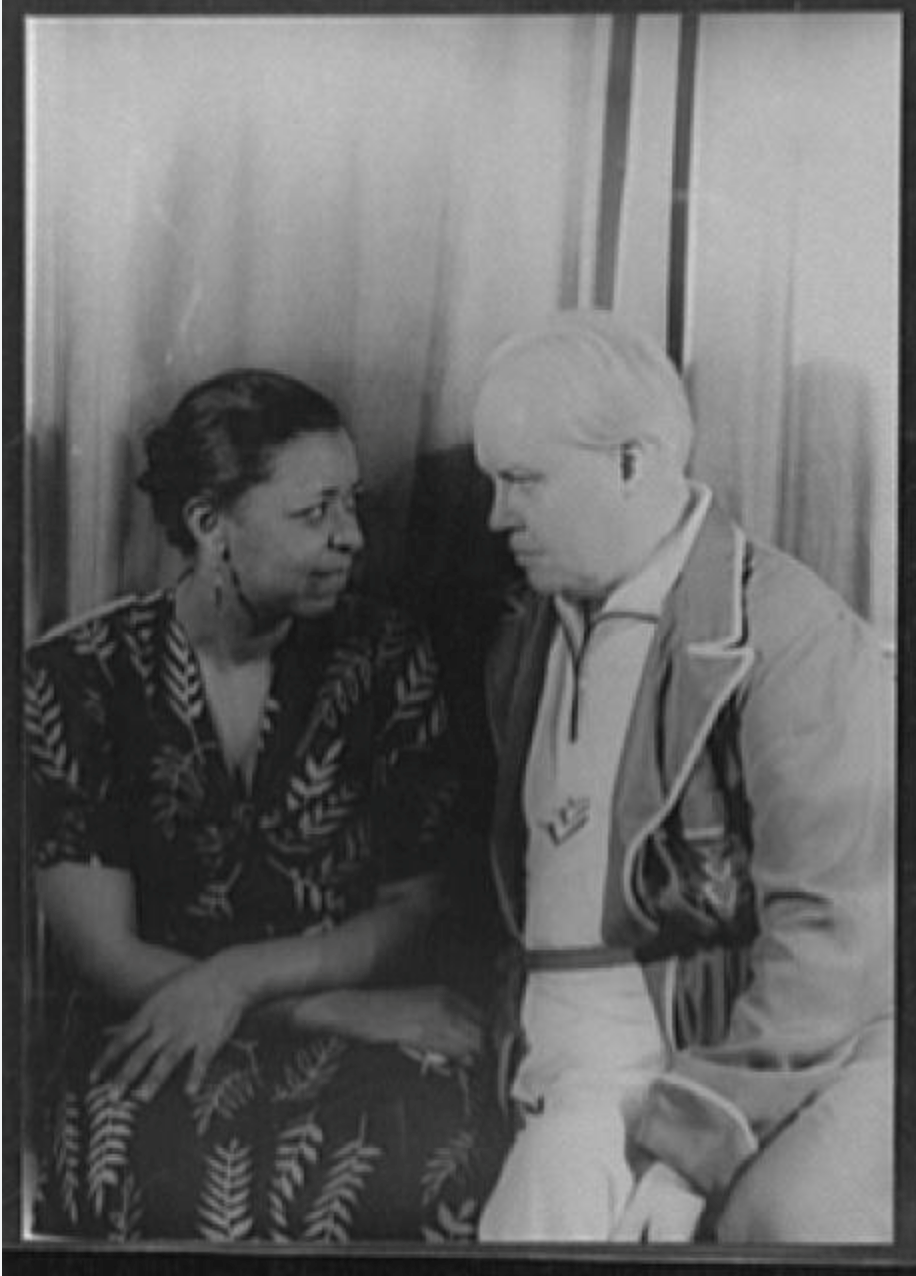
SHOGA FILMS is a 501(c) (3) non-profit production and education company. We create multimedia works around race and sexuality that are intended to raise awareness and foster critical discussion.
Contact Us
All Rights Reserved | Shoga Films
Stay Connected
Thanks for subscribing!
Please try again later.


